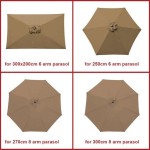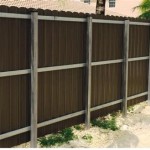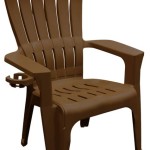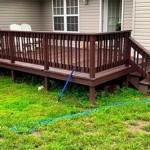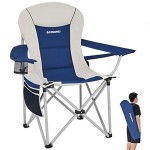Thermal Coupling For Patio Heater
Thermal coupling is the transfer of heat from one object to another. In the case of a patio heater, thermal coupling is the process by which heat is transferred from the heater to the surrounding air. This heat is then transferred to objects in the vicinity of the heater, such as people, furniture, and walls. The rate at which heat is transferred depends on a number of factors, including the temperature difference between the heater and the surrounding air, the surface area of the heater, and the material of the heater.
Patio heaters use a variety of methods to transfer heat, including radiation, convection, and conduction. Radiant heaters emit infrared radiation, which is absorbed by objects in the vicinity of the heater. This absorption of infrared radiation causes the objects to heat up. Convection heaters circulate warm air around the heater, which heats up the surrounding air. Conduction heaters transfer heat through direct contact with objects.
The type of thermal coupling used by a patio heater depends on the desired heating effect. Radiant heaters are best suited for heating small areas, such as a small patio or deck. Convection heaters are best suited for heating larger areas, such as a large patio or backyard. Conduction heaters are best suited for heating objects that are in direct contact with the heater, such as a metal chair or table.
When choosing a patio heater, it is important to consider the thermal coupling of the heater. The thermal coupling of the heater will determine how efficiently the heater heats the surrounding area. A heater with a high thermal coupling will transfer heat more efficiently than a heater with a low thermal coupling.
Here are some tips for choosing a patio heater with a high thermal coupling:
- Choose a heater with a large surface area. The larger the surface area of the heater, the more heat it will transfer.
- Choose a heater made of a material that is a good conductor of heat. Metals, such as aluminum and copper, are good conductors of heat.
- Choose a heater that is designed for the desired heating effect. Radiant heaters are best suited for heating small areas, convection heaters are best suited for heating larger areas, and conduction heaters are best suited for heating objects that are in direct contact with the heater.
By following these tips, you can choose a patio heater with a high thermal coupling that will efficiently heat your outdoor space.

Thermocouple For Gas Patio Heater Wide Thread Deliver

Patio Heater Repair Grill Tanks

Thermocouple Replacement Patio Heater

Hiland Thermocouple The Charming Bench Company

Thermal Probe Thermocouple For Furnace Patio Heater Universal Stove Water

Thermocouple Patio Heater Parts

Replacement Thermocouple And For Patio Heater Room Gas Ebay

White Rodgers 24 In Copper Universal Thermocouple H06e024s1 The Home

Thermocouple And Tilt Switch For Patio Heater Dump Propane Outdoor Gas Repair Kit

Aupoko Patio Heater Thermocouple Outdoor Replacement Parts M8 X 1 End Co For Sale Online Ebay

